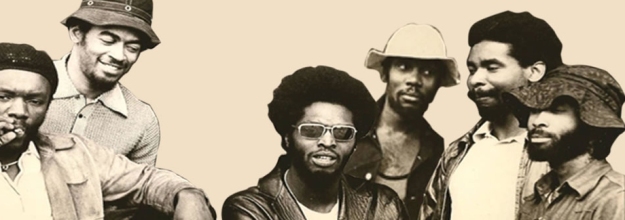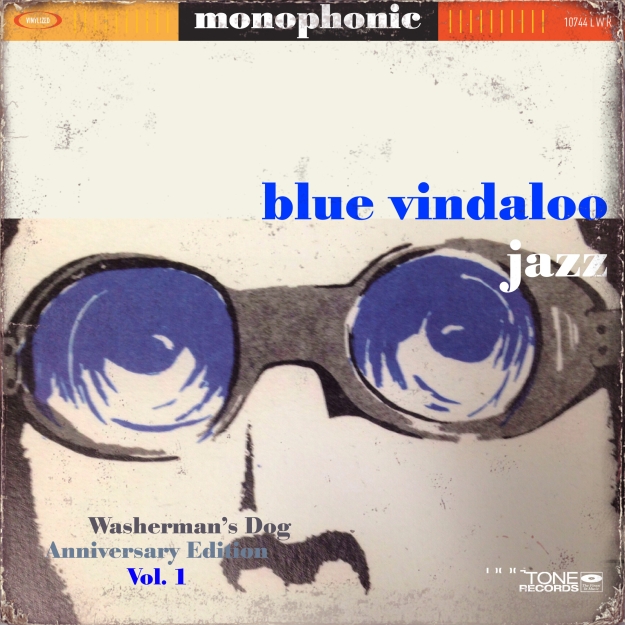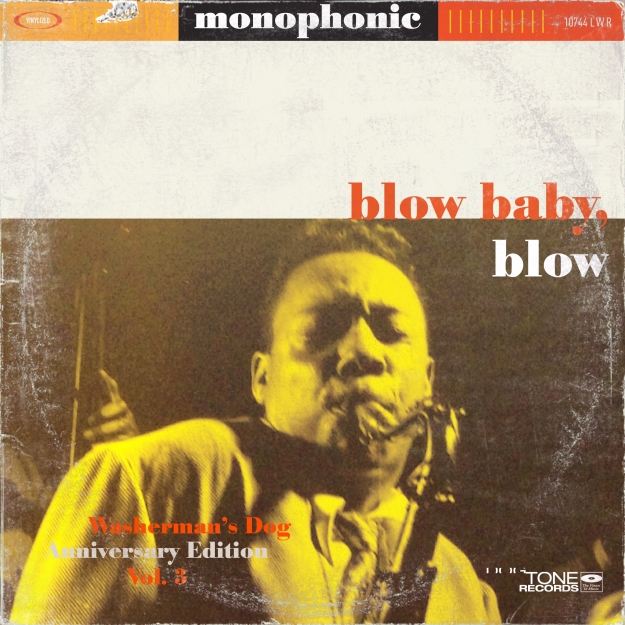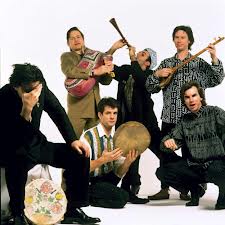Here I am in Australia for a brief interlude with family once again. What a joy!
And somehow, whenever one finds oneself in this country, the mind turns to surfing (and any number of other outdoor sports) which is one of the true religions the people of these regions adhere to. Not that I partake in the sport. I don’t. I am a new (ish) immigrant and sports, whether water based or any other are something I prefer to watch rather than participate in. Yet there is something genuinely uplifting about seeing people on boards navigating themselves between and over and under waves in the middle of a deep blue sea.
Surfing music is a form that has a very loyal (not to say, fanatic) following. I thought it was no longer en vouge until some years ago a taxi driver in Sydney raved for the entire ride about his passion for this guitar driven instrumental music. Not really rock n roll but not really any other genre, surf music has secured its own unique niche. And if the taxi driver was to be believed, it was still being churned out by contemporary bands in Australia and elsewhere.
I recently posted something on The Ventures which comes pretty close to surf-like music. I do rather enjoy the crisp picking of an Stratocaster and the snap of a tight drum head but still surf music was a bit ‘outre’ for my tastes, so I thought. My mind jumps to the Beach Boys (never big heroes in my book) and long forgotten acts like Jan and Dean. Dick Dale is a cult hero but not really mainstream.
So I had little to say to the Sydney cab driver except nod and say I’d check ‘it out’.
Well I have done a bit of checking in recent days and I must say I do like surf music. Or at least surf music as interpreted by Ukrainian, Russian and other former Iron Curtain country bands. Yes, you read that right. Eastern Bloc surf music. I’ve heard many things about the Ural Sea and Aral Sea too. And of course the Black Sea and Arctic Ocean are all part of the former Russian empire. But I have never come across a surfing scene in any of these bodies of water. Be that as it may, there is a strong contingent of musicians who love the sounds of Mr Dale and other Californian surf bands from the 1950s and 60s.
So while I don’t make any claims that this is authentic surf music (hence the name of the album, Voodoo Surf) I do commend it to you as very enjoyable instrumental music that sounds as if it could have been made in the garages of Alhambra, Santa Clara and Pasadena in the years before the hippies took over the discourse and ruined it all. And that this was made in darkest (and coldest) Minsk, Moscow and Kiev is all the more reason to say, ‘Far out!’
Every track here is infectious and entertaining. Though they all are of a piece they are also every one of them distinct and different. Some channel the Texas blues while others seem to have hired Max Weinberg of the E Street Band to play drums. They lift riffs from cowboy movies (or riffs that should be in cowboy movies) and conjure 1964 perfectly. Not a vocalising sound is heard anywhere on this record (except for some cryptic dark barking and French whispers here and there).
If you want something different and fun to shine in your day…then give this little record a spin. My favourite? 36-24-36! Play it often. Play if loud!
Surf’s Up!
Track Listing:
01 Surf Melody
02 Vaquero-San
03 French
04 Psychos
05 Immersion
06 Picked Legs
07 Tainted Love
08 Keep Breathin’
09 Sharks
10 Man With The Scar
11 Godzilla’s Dream
12 Bustin’ Chainsaws
13 Ñâåòèò ìåñÿö
14 Signal From Tremoluna Planet
15 36-24-36
16 Lightning Rod
17 Das Boot
18 Breakers
19 Mikkie Goes To School
20 Suffer
21 Neptune
22 Messing with Motor Chick
23 Ghost Theme
24 Õî›îâîä
25 Midnight Preacher

































